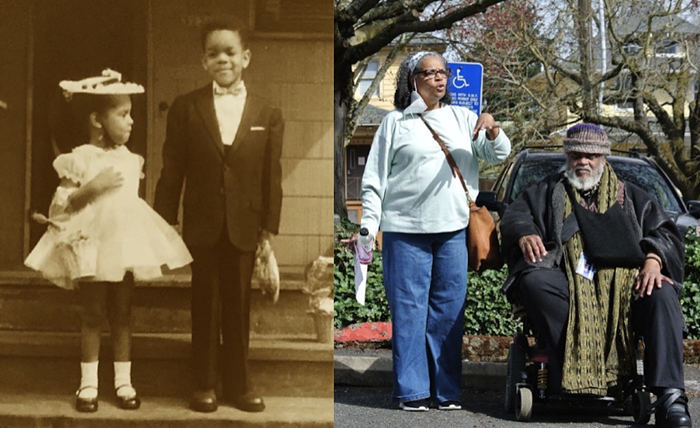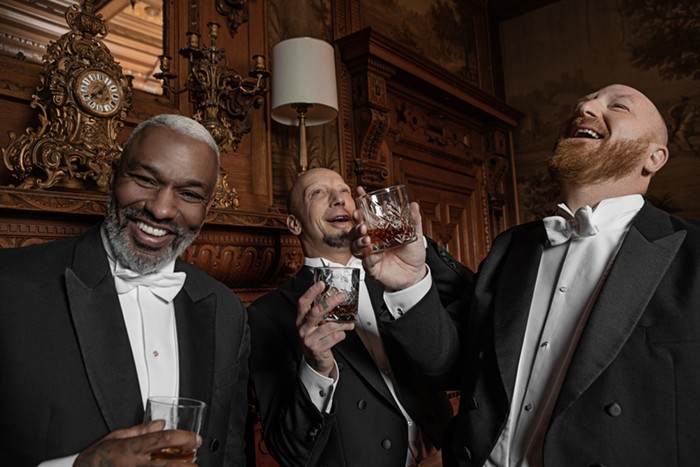In 1948, Jess Collins—later known to the art world simply as "Jess"—dreamed that a nuclear holocaust would decimate the earth in 1975. It made sense that this particular doomsday scenario would haunt his subconscious: As a radiochemist, Jess had been drafted into the Army to contribute to the Manhattan Project and later worked in plutonium production for General Electric. But this dream propelled him to redirect his spiritual and intellectual investigations, using art as his laboratory. In his words, he sought "an antidote to the scientific method." Shortly after his dream, he moved to San Francisco, studied art at Cal Berkeley and the California School of Fine Arts, and met his partner Robert Duncan, the Beat poet with whom he would collaborate for the next four decades.
Jess' practice was immersive. On the one hand, it was firmly rooted in the very real and often banal stuff of daily life. He repurposed thrift store paintings, looted magazines and used books for the images in his collages, and let his real life friendships—with Duncan or the poets Jack Spicer and Denise Levertov—forge his artistic partnerships. But his work also strove for the fantastical, whether drawing inspiration from the fairy tales of Lewis Carroll, Mayan folklore, or the transcendent language of James Joyce. One senses, walking through the stuffed survey Jess: To and From the Printed Page, currently on display at Reed's Cooley Gallery, that Jess (who died in 2004) made art to distance himself from the world as much as to ground himself in it.
In fact, his work seemed to operate on its own esoteric logic, underscoring how personal his relationship to his work must have been. Jess even concocted a vocabulary for his creations: His meticulous and labor-intensive collages were known as "paste-ups," while his readymade sculptures were dubbed "necro-facts" or "dead artifacts." His idiosyncratic christening of his work suggests a style so singular that it requires a suitably unique name.
Jess never maintained allegiance to any particular strategy or media. His paintings veered from the somewhat derivative abstractions of his early years to the borrowed imagery of his so-called "translations," in which found images were recreated and recast as monumental piles of inches-deep oils. In comparison, his collage work eschewed the drama of texture and depth for a profound flatness and obsessive attention to composition. Equally important is the fact that Jess' ambitions cast such a wide net, to include sculpture, book arts, and poems (which are continually broadcast in the gallery). Hearing his delight as he recites sensuous non sequiturs reminds just how playful, celebratory, and intellectually rigorous art can be.












